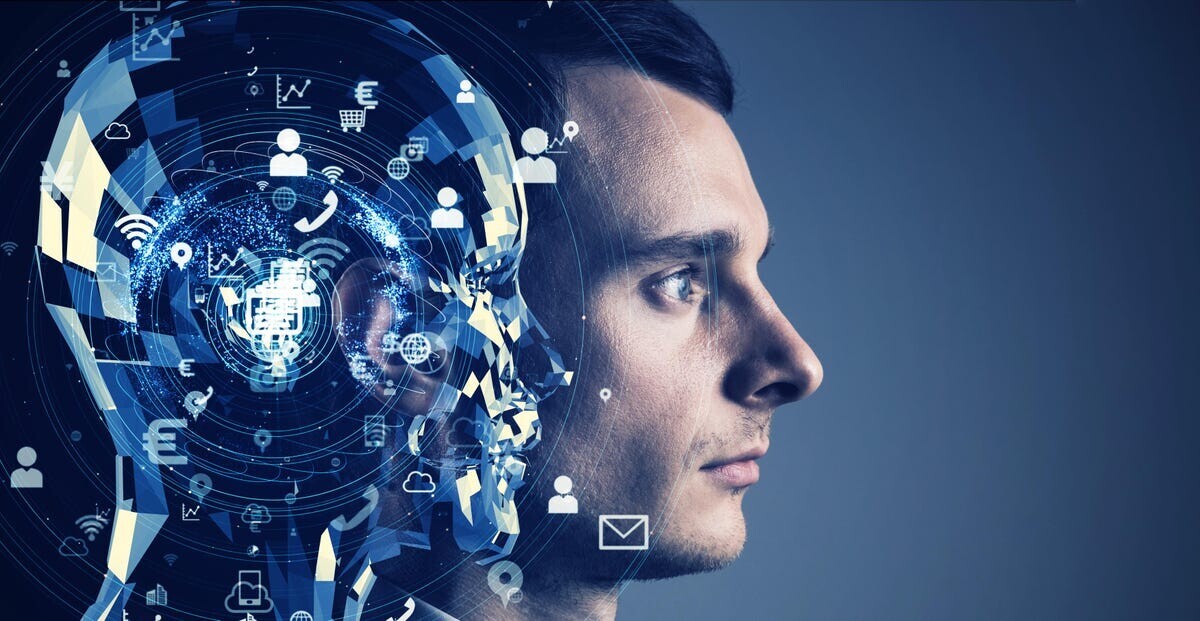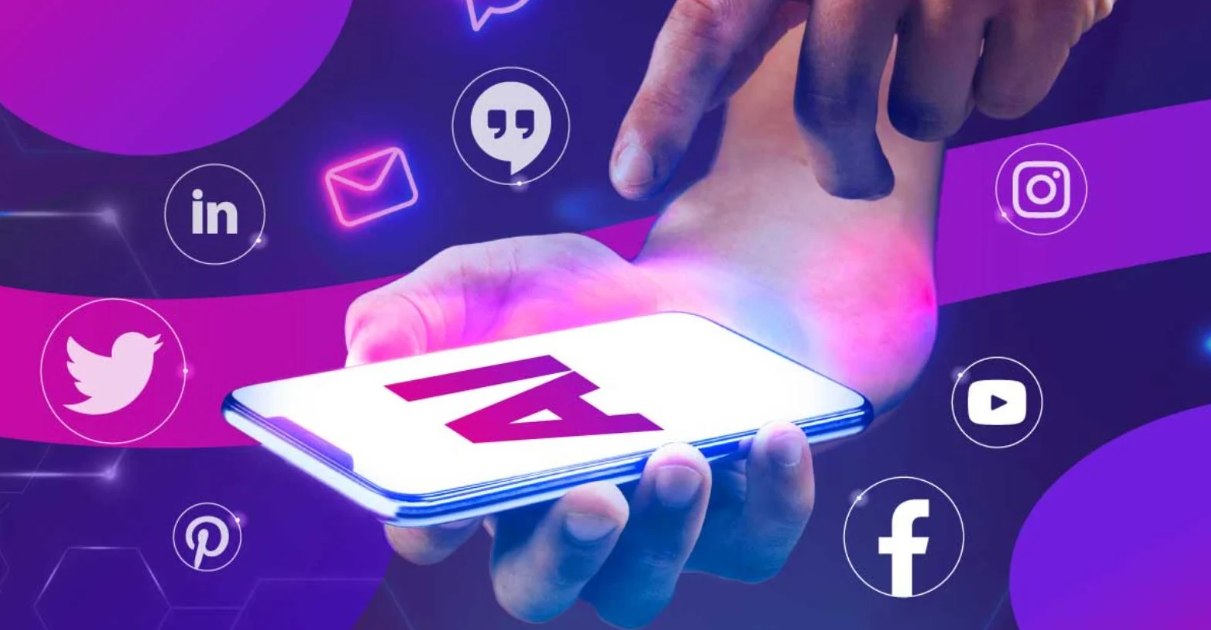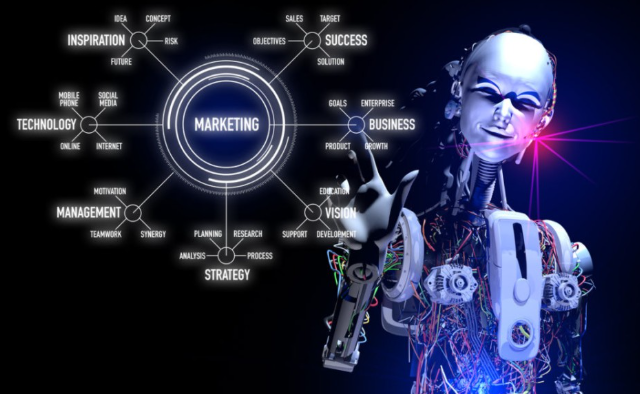In today’s fast-paced digital world, customers expect instant responses from brands on social media. Whether it’s answering FAQs, providing product recommendations, or assisting with purchases, chatbots have become a game-changer in social media marketing.
With AI-powered chatbots, businesses can engage with their audience 24/7, improve customer service, and even drive sales—all without human intervention.
In this blog, we’ll explore:
✅ What chatbots are and how they work
✅ The key benefits of using chatbots in social media marketing
✅ How different industries leverage chatbots
✅ Best practices for implementing chatbots effectively
Let’s dive in! 🚀
What Are Chatbots & How Do They Work?
A chatbot is an AI-powered virtual assistant that interacts with users via text or voice. On social media platforms like Facebook Messenger, Instagram DMs, Twitter, and WhatsApp, chatbots simulate real-time conversations to assist customers.
Chatbots work using:
🔹 Rule-Based Responses – Pre-set answers to common questions (e.g., store hours, pricing, policies).
🔹 AI & Machine Learning – Bots that learn from interactions and improve over time.
🔹 Natural Language Processing (NLP) – Understanding user intent to provide human-like responses.
🔹 Integration with CRM & E-commerce – Automating sales, bookings, and lead generation.
💡 Example: A chatbot on Instagram can answer FAQs, take orders, and suggest products, reducing the need for human support.
Key Benefits of Chatbots in Social Media Marketing
1. 24/7 Customer Support
Chatbots eliminate wait times by responding to customer inquiries instantly, even outside business hours.
💡 Example: A chatbot on Facebook Messenger can handle product inquiries, return policies, and order tracking at any time of the day.
2. Automating Lead Generation
Chatbots can collect customer information, qualify leads, and guide potential buyers through the sales funnel.
💡 Example: A chatbot on LinkedIn can ask prospects questions and qualify them before passing them to a sales team.
3. Personalized Customer Experience
AI-powered chatbots analyze user data to offer personalized product recommendations, deals, and support.
💡 Example: A chatbot for a fashion brand can suggest clothing styles based on a user’s past purchases and preferences.
4. Increasing Engagement & Brand Loyalty
Chatbots can engage users with quizzes, contests, surveys, and interactive content, keeping them engaged with the brand.
💡 Example: A chatbot on Instagram can offer a “Find Your Perfect Skincare Routine” quiz to help users choose products.
5. Driving Sales & E-Commerce Conversions
Social media chatbots can assist customers in placing orders, making reservations, or even completing transactions.
💡 Example: A chatbot on WhatsApp for an online store can guide customers through product selection, payment, and delivery tracking.
6. Reducing Workload & Operational Costs
By handling repetitive inquiries, chatbots free up human agents to focus on more complex issues, reducing customer service costs.
💡 Example: A chatbot can handle 80% of common questions, reducing customer support costs significantly.
How Different Industries Use Chatbots in Social Media Marketing
🛍️ E-Commerce & Retail
✅ Product recommendations
✅ Order tracking & delivery updates
✅ Automated checkout & payment
📞 Customer Service & Support
✅ Answering FAQs
✅ Troubleshooting common issues
✅ Booking appointments
🏨 Travel & Hospitality
✅ Flight & hotel booking assistance
✅ Travel recommendations
✅ Instant customer queries
💰 Financial Services
✅ Answering banking-related questions
✅ Loan & insurance inquiries
✅ Fraud detection alerts
🏥 Healthcare
✅ Appointment scheduling
✅ Symptom checking & health advice
✅ Prescription reminders
💡 Pro Tip: Chatbots are highly adaptable—every industry can leverage them for automation and engagement.
Best Practices for Implementing Chatbots in Social Media Marketing
1. Define Your Chatbot’s Purpose
🎯 Will it handle customer support, sales, or engagement? Having a clear goal helps you create the right chatbot flow.
2. Use a Friendly & Conversational Tone
💬 Avoid robotic replies—make your chatbot sound natural and engaging to improve customer experience.
3. Provide Quick & Accurate Responses
⚡ Ensure your chatbot is fast and efficient, with clear and concise answers to common questions.
4. Offer a Human Handoff Option
👥 Not all queries can be handled by AI—allow users to connect with a human agent when needed.
5. Monitor & Optimize Performance
📊 Use analytics to track chatbot interactions, improve responses, and refine chatbot performance over time.
Best Chatbot Platforms for Social Media Marketing
🔹 Facebook Messenger Bots – Great for automating sales, customer support, and lead generation.
🔹 Instagram Bots – Perfect for handling DMs, product recommendations, and interactive engagement.
🔹 WhatsApp Business API – Best for e-commerce and customer support automation.
🔹 ChatGPT & AI Bots – For advanced, human-like conversations and AI-powered responses.
🔹 ManyChat – A popular tool for creating chatbots on Facebook, Instagram, and WhatsApp.
💡 Pro Tip: Choose a chatbot platform that integrates seamlessly with your social media strategy!
Final Thoughts: Chatbots Are the Future of Social Media Marketing
Chatbots are revolutionizing social media marketing by making customer interactions faster, smarter, and more personalized. From lead generation to automated sales, AI-powered chatbots can enhance customer experience, increase engagement, and drive revenue.
🚀 Quick Recap:
✔️ Chatbots provide instant, 24/7 customer support.
✔️ They automate lead generation & sales.
✔️ AI-powered chatbots personalize the user experience.
✔️ They improve engagement & reduce customer service costs.
✔️ Businesses across all industries can benefit from chatbots.






Leave feedback about this